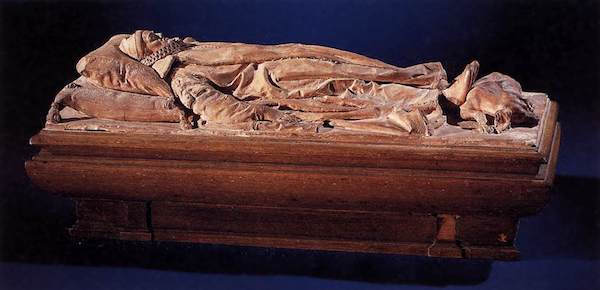
We love a good legend involving a purebred dog, and one of the best involves the Kooikerhondje and William of Orange.
Maybe.
William, founder of the Dutch monarchy, had a bounty on his head, and you have to know why anyone would have wanted the man dead.
The short version (very short) is that Prince William was the ringleader of the Dutch revolt against the Spanish crown which he had once served. Disgruntled with the centralization of political power away from the local estates and with the Spanish persecution of Dutch Protestants, William joined the Dutch uprising and turned against Spain. More than a little irritated, King Philip II of Spain offered land, titles, and a 25,000 gold crowns reward to anyone who assassinated William: “Everyone is authorized, to hurt him and to kill him,” stated the bounty.
There were several takers.
In 1582, William agreed to meet with eighteen year old Jean Jauregay, a petitioner, when he was finished with a luncheon celebrating a birthday. As Jauregay approached the prince, he pulled a pistol out of his pocket and shot the prince at point-blank range. The bullet entered the prince’s neck, through his mouth, and exited out his cheek. Incredibly, the prince survived.
The next attempt in 1584 succeeded.
Balthasar Gerard was a cabinetmaker’s apprentice and zealous admirer of Philip II. Posing as a petitioner, he met with William, knelt to receive his hand on his bowed head, and leaned into William with his gun. He fired, and when the bullet tore through the prince’s intestines and lungs killing him, it made William the first prominent political leader to be assassinated by a handgun. Far from making things better for the King of Spain, the assassination only made William a martyr for the Dutch cause.
The very first attempt on William’s life, however, had come twelve years earlier, and that’s where a Kooikerjondje comes in. William was stationed at Binche, his troops outside his tent, but somehow, Spaniards had been able to get past them to launch a surprise attack in the middle of the night. It was the prince’s dog, “Kuntze” who woke the prince by barking and clawing at him, and thanks to the dog, William had been able to escape out of the tent, mount his horse, and ride away. After that episode, it’s said that William always kept a dog near him.
There is no doubt that the attempt on his life happened, or that a dog alerted him to danger. Paintings created after the prince’s death include an orange and white spaniel-type dog, as does a bronze statue created by Louise Royer which now stands in the center of the Hague in the Netherlands. Still, historians doubt that the dog was a Kooikerhondje, in large part because at the time, the breed was considered a poor man’s dog. In William’s high bred circles of nobility and aristocracy, hunting was for quarry far bigger than ducks, and Kooikerhondjes weren’t used to hunt such game. Experts suggest that William would have been more likely to keep a different type of gun dog, and point out that the dog at the base of William’s effigy doesn’t really look like a Kooiker.
Who is to say. Until proved otherwise, we choose to believe the legend.
Image: Effigy of William the Silent
c. 1614
Rijksmuseum, Amsterdam
From the Web Gallery of Art, a free resource for education
